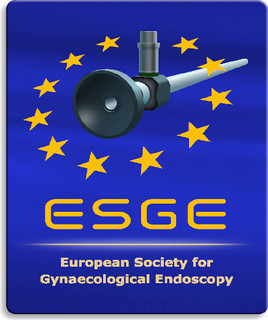Improving external cephalic version for foetal breech presentation
BMI, breech presentation, caesarean section, external cephalic version, pregnancy
Published online: Jul 04 2013
Abstract
Objectives: If success rate of external cephalic version (ECV) increases, the rate of primary caesarean sections declines. The aims of this retrospective cohort study were to evaluate the ECV and to identify factors associated with the success rate of ECV for breech presentation at term. The second aim of this study was to analyse the outcome of labour of all patients with a foetus in breech near term. Methods: All women with a foetus in breech near or at term were included. Logistic regression analyses were performed to identify the association between patient characteristics and success rate of ECV. Results: The overall rate of successful ECV’s was 19%. Foetal and maternal complications after ECV were negligible. BMI, type of breech and amount of amniotic fluid were significantly correlated with a successful ECV. The rate of primary caesarean sections for the group of patients who underwent an ECV was lower than the rate in the group who did not (52.9% vs. 79.6%). The rate of spontaneous deliveries was increased after ECV (36% versus 12%). After successful ECV the rate of spontaneous deliveries was 75%; after unsuccessful ECV 26.8%. Conclusion: The overall rate of successful ECV was low (19%). BMI, type of breech and amount of amniotic fluid were significantly correlated with a successful ECV. The rate of primary caesarean sections was significantly lower in patients with ECV (52.9% versus 79.6%). The rate of spontaneous deliveries was significantly higher (36% ¬versus 12%).



